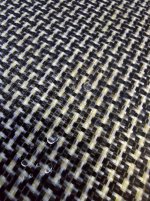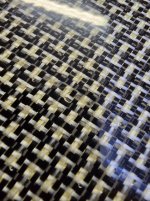I just purchased a Wenonah kevlar canoe, from an authorized Wenonah dealer, that was a factory blem. I've bought a Wenonah blem canoe straight from Wenonah in the past and it was just a cosmetic blem. I bought this Wenonah blem canoe unseen, aside from the photos online. The other canoes the dealer had had specific photos showing the blems, including photos where they pointed to a pinpoint blem. The one I bought showed photos of fabric overlaps that were less than perfect and a close-up of the hull, which all looked fine. The dealer delivered the canoe yesterday and I noticed that the skin coat has many voids in the surface of the skin coat, many with exposed fiber on the outer layup. We are not talking a few, we are talking an absurd amount, at least 25% of the hull has fields of these voids (mostly small...pin head size to golf ball dimple size and a handful of larger ones). I've never owned a skin coat canoe before, all of mine have been gel coats. Is this going to be a structural issue? I've read that with the exposed fiber, water will wick in and can cause delamination. This seems outside the Wenonah blem definition. Has anyone else seen this before? I'm not sure what to do. Advise appreciated.
-
Happy Card Playing Day! ♠️♥️♦️♣️🃏
Wenonah "Blem" Canoe
- Thread starter BFNastali
- Start date



